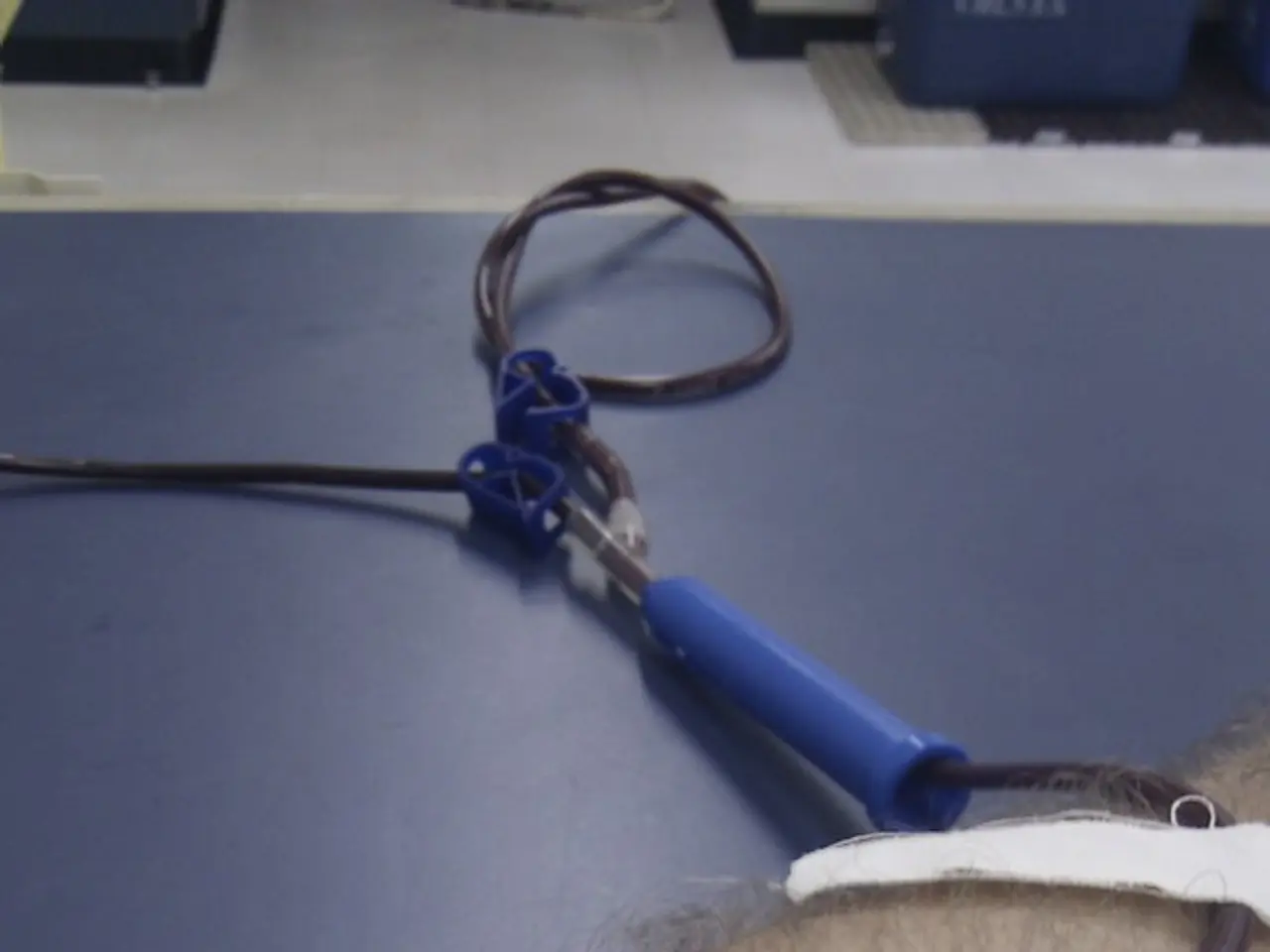Discover the Posterior Cecal Vein: A Key Player in the Body's Circulatory System
Anatomy enthusiasts and medical students alike might find interest in the intricate details of the posterior cecal vein. This vein, positioned around the cecum, plays a crucial role in the body's circulatory system.
The posterior cecal vein, one of two cecal veins, connects the large intestine and colon. It also receives blood from the appendicular vein, which is associated with the appendix. This vein carries deoxygenated blood from the cecum to the superior mesenteric vein. The superior mesenteric vein, in turn, transports blood to the liver for processing and filtering. The discovery of the positions of the anterior and posterior cecal veins surrounding the cecum, the junction between the small and large intestines, is attributed to early anatomists studying the vascular system of the intestines. However, no single individual's name is specifically credited for this particular finding.
The posterior cecal vein, along with its counterpart, the anterior cecal vein, contributes significantly to the body's circulatory system. Their discovery, attributed to early anatomists, has provided valuable insights into human anatomy.





